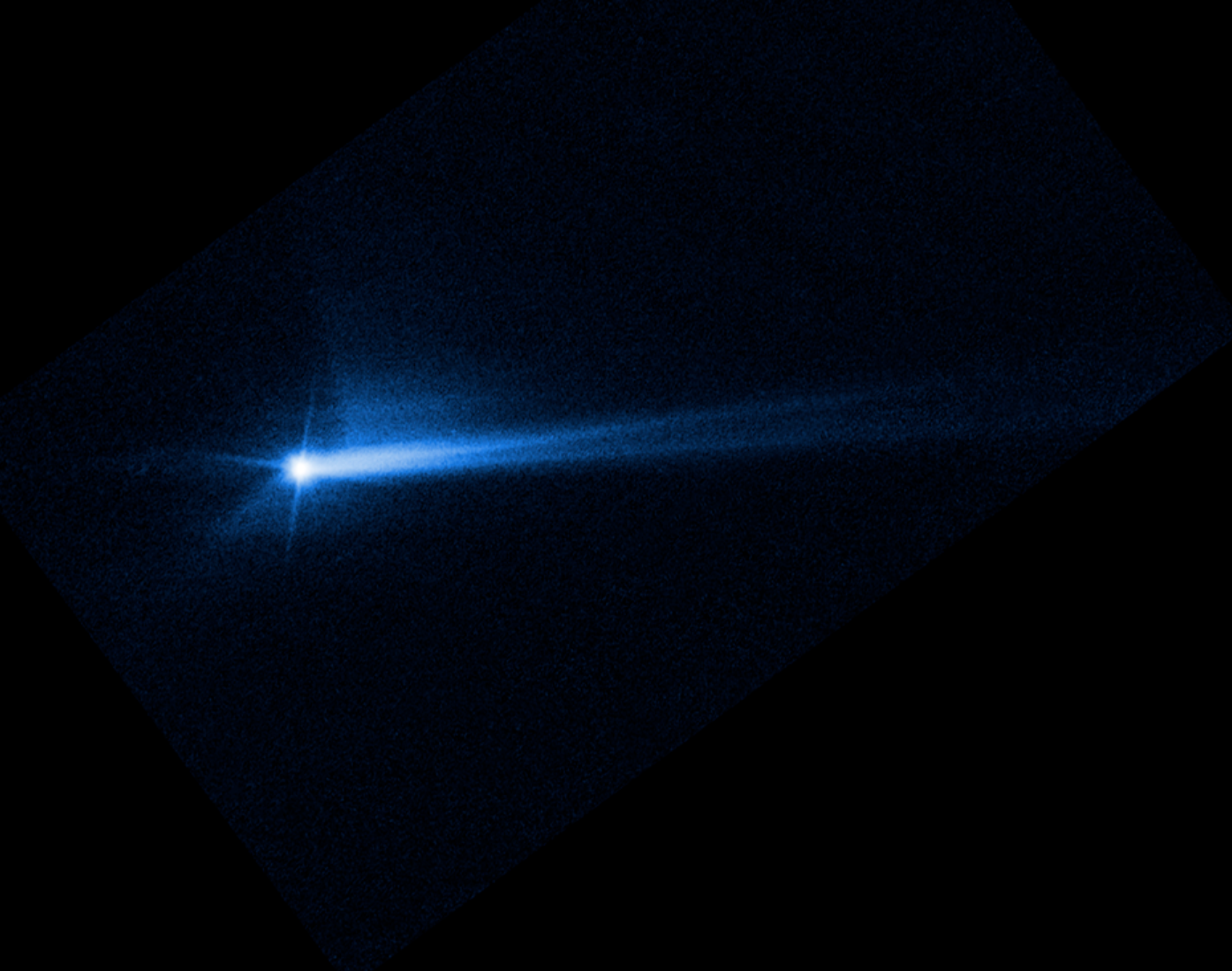Analysis of the successful NASA DART mission to destroy the Dimorphos asteroid from the course confirms that humanity now has a viable tool to protect our home planet from a crushing hit from outer space.
On September 26, 2022, humanity managed to change the course of a celestial object for the first time in history by deliberately crashing a spacecraft into a small asteroid Dimorphos orbiting the larger space rock Didymos. The goal of this ambitious NASA mission, known as the “Double Asteroid Redirection Test” (DART), was to find a way to shield Earth from any potentially dangerous asteroids in the future. Although it is important to note that at the moment no asteroid has been recorded that would threaten our planet, at least for the next centuries.

As a result of the impact, DART shortened the period of the Dimorphos’s orbit around Didymos by 33 minutes. Scientists first assumed that the Dimorphos period would change by about seven minutes if the spacecraft directly transmitted its momentum to the asteroid. But soon after the collision, it became clear that the complex dynamics of the collision entailed more dramatic changes in the asteroid’s orbit.
“People may think of the DART mission as a fairly straightforward experiment that is similar to playing billiards in space—one solid spacecraft impacts into one solid asteroid. However, asteroids are far more complex than just a solid rock. In fact, most asteroids are a big pile of debris, similar to a pool with balls. If you hit a rubble pile with a spacecraft, a lot of material will be ejected and fly away,” explains Cristina Thomas, a planetary scientist at Northern Arizona University.
Researchers led by Terik Daly, a planetary scientist from the Johns Hopkins University Applied Physics Laboratory, conducted a reconstruction of the DART collision with a Dimorphos, came to the conclusion: kinetic impact technology is a viable technique for potentially protecting the Earth, if necessary.
A senior researcher at the non-profit Institute of Planetary Sciences, Jian-Yang Li, used the Hubble Space Telescope to observe the “accident” and its consequences. According to his research, it was confirmed that the material ejected during the DART impact caused a kickback effect that significantly impacted the Dimorphos’s orbit change more strongly than the actual collision.
New research offers the first extensive results from a mission that literally moves an astronomical object and creates a roadmap to protect the Earth from asteroids that can threaten to destroy cities, countries or even life on the planet. Similar to the rock that destroyed the dinosaurs about 66 million years ago. The DART team was delighted with the findings, which provide encouraging evidence that humans would be able to deflect dangerous asteroids in the future.
Scientists will continue to observe new properties of the Dimorphos, including its orbit and a long trail of debris formed by the impact. These observations will be collected both from Earth and by future space missions, such as ESA HERA, which in the coming years is tasked with collecting images of asteroids up close, orbiting around a binary system.
According to VICE
Follow us on Twitter to get the most interesting space news in time
https://twitter.com/ust_magazine
